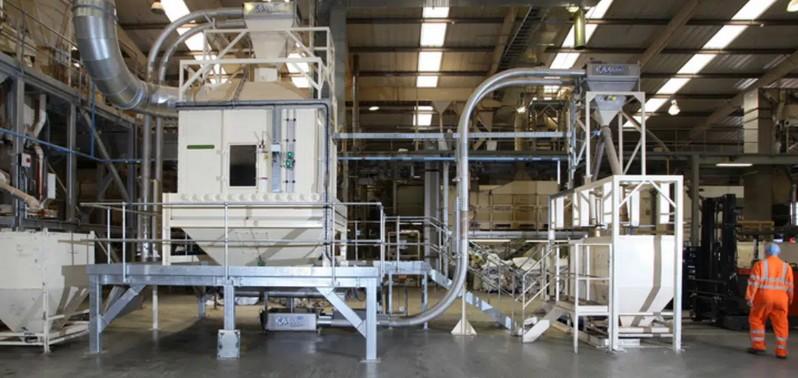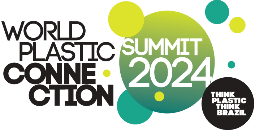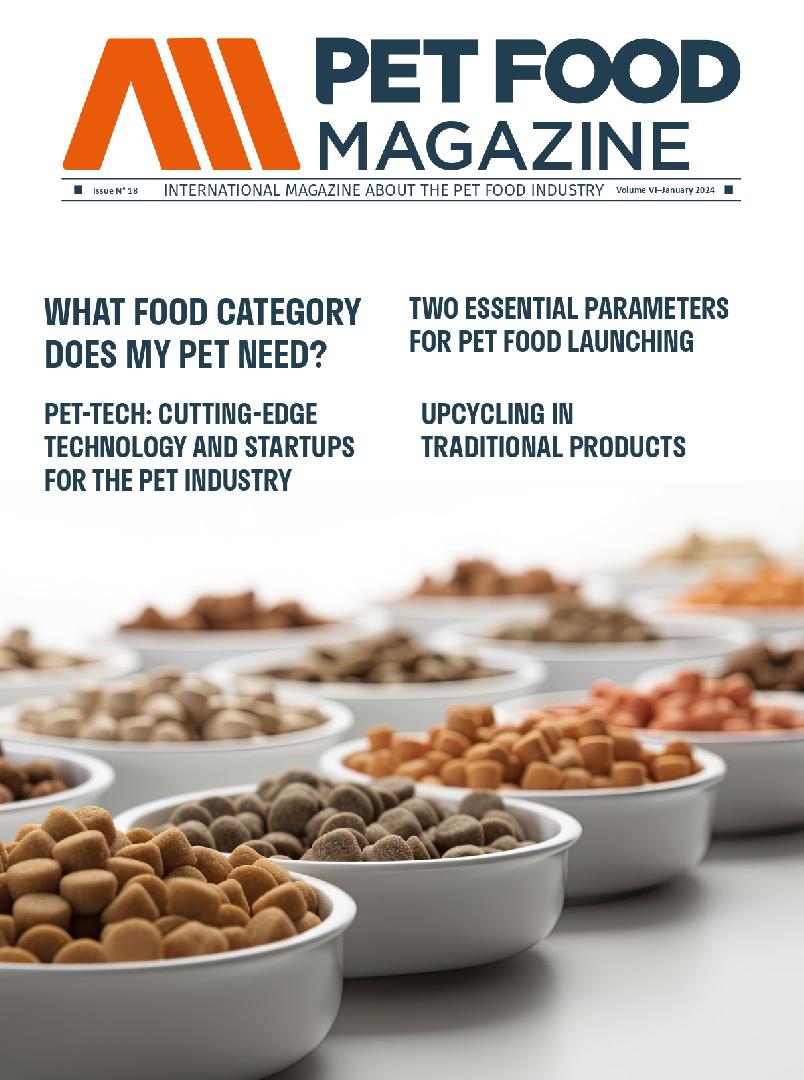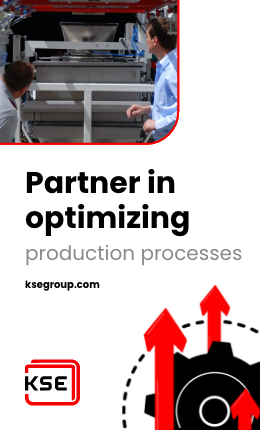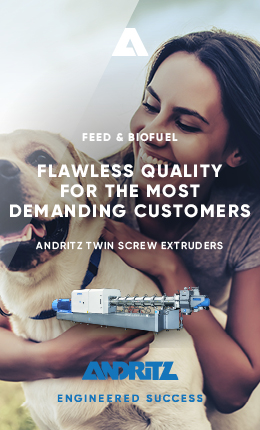In 2021, the global pet food industry reached $110.53 billion and is expected to grow at a compound annual growth rate (CAGR) of 5.11% until 2029, when it will be valued at around $163.7 billion. Even though it was expected that the COVID-19 pandemic would have a negative impact on the pet food market – as it had on practically every other global market – the opposite occurred.
The pandemic led to an increase in pet ownership as people looked for companionship and turned to pets for emotional support. In addition, with more people working from home, they had more time to take care of their pets and pay attention to what they ate. Overall, the global pet food market experienced an increase of 4.75% in 2020 compared to 2019.
It is safe to say that pet ownership is at an all-time high. According to The American Pet Products Association, there are over 90 million households across the United States that have at least one pet.
Most of these pet owners are no longer interested in traditional pet foods. They seek healthy ingredients and demand higher transparency when it comes to nutritional labels. What's more, they are willing to pay extra for them. These trends do, however, raise some questions regarding safety and sanitization in pet food production.
{{editor}}
Safety and sanitary regulatory compliance in the pet food industry
In the food processing industry – whether that is pet or human food – the safety of the product (food safety) is of paramount importance. A contaminated food product can result in recalls, severely affecting the company's image and revenue.
However, when it comes to the human and pet food industries, the liabilities go beyond mere recall and replacement costs. There is a potential for loss of life, which was the case with the Peanut Corporation of America's (PCA) 2008 tragedy. Nine people died, and over 700 others developed food poisoning due to salmonella contamination, which is a testament to what can happen when safety and sanitation policies are not strictly enforced. The pet food industry also had its share of unfortunate events, where pets have died as a result of contamination or wrong ingredient mixes ending up in the marketplace.
Since 2011, however, with the passing of the Food Safety Modernization Act (FSMA) – the largest food safety reform in the United States in the past 70 years – far stricter food grade regulations were put in place by the US Food and Drug Administration (FDA) concerning the pet food processing system.
As such, there's increased pressure on pet food manufacturers to pay closer attention to safety and sanitation. Pet food processing organizations need to shift their focus away from reacting to any foreign material contamination and look toward preventing it before it happens. It's for this reason that safety, sanitation, and easy cleaning are among the highest priorities when it comes to pet food conveyors.
Pet food material conveying challenges
Here are some of the most common safety and sanitary challenges that a pet food manufacturer might face:
Product breakage and line changeovers
One of the industry's most common issues is product breakage and degradation when animal feed is transported through pet food conveyors.
Several factors influence material degradation, including high conveyor speed, suboptimal inlet design, temperature changes, product shearing, and friction-induced separation. The immediate results may translate into wasted pet food products and higher production costs. It can also lead to a higher risk of cross-contamination of the conveying materials, particularly in the event of line changeovers.
When pet food manufacturers run different materials on the same lines, they need to clean and sanitize the feed conveyors between all changeovers to prevent contamination.
Sacrificing a bit of speed and overall production in favor of somewhat slower tube conveyors will help in minimizing many of the issues associated with product breakage. A tubular disc and cable conveyor has a more sanitary design overall and is easier to clean than other systems like a vibrating conveyor, roller conveyor, auger conveyor, infeed conveyor, chain conveyor, bucket elevators, pneumatic conveyors, and many other types of traditional conveyors.
Maintaining the right nutritional mix
It's also critical for pet food manufacturers to keep the right nutritional mix. Doing so consistently can prove to be a challenge with most conveyor systems. With ingredients having different densities and granularities, separation can lead to proportional inaccuracies.
However, Cablevey's cable and disc drag conveyor systems are better suited than buckets, pneumatics, spiral conveyors, vacuums, horizontal motion open conveyor belts, and other systems for moving material blends without altering the ratios designed by the nutritionist.
Cleaning cable and tube conveyors
The majority of production facilities use bucket elevators for their bulk handling. However, these systems are not exactly hygienically designed, meaning that they require extensive interior and exterior cleaning. As a result, you will have a lot of downtimes, particularly during line changeovers.
On the other hand, Tubular drag conveyors are excellent for food-grade applications because they comply with all of the FDA's sanitation requirements and specifications. Tubular cable and disc conveyors move bulk materials using high-strength, one-piece polymer discs. These are attached to polymer-coated 304/316 stainless steel cables that slide within stainless steel tubing, moving materials through the product stream gently, quietly, and dust-contained.
At the end of every conveying cycle, the discs remove any material fines or waste product from the tubing. Any material clinging to the disc and cable assembly will also be removed.
Ultimately, however, every facility will develop its own cleaning protocols. These will be based primarily on the sanitation regulations and challenges posed by the materials used. The material's reaction to water will indicate whether wet or dry cleaning would be the appropriate choice.
Wet or dry cleaning accessories can be quickly attached to the cable, allowing for fast and thorough cleaning of the system. This will help greatly in minimizing downtime between changeovers. Cablevey conveyors offer both wet and dry tube conveyor cleaning options.
Dry Cleaning
This internal tube cleaning option is applicable for 4-inch, 6-inch, and 8-inch system sizes and configurations and involves several pieces of equipment. These are:
- Air Knife – This is a line insert strategically located to blow compressed air and eliminate any accumulated fines off of discs.
- Brush Box – Another line insert that will brush off accumulating fines off discs.
- Sponge Disc and Sanitizing Cleaner – This is a disposable sponge disc with an applied cleaning agent that's run through the entire system once and discarded.
Urethane Wiper Disc – Finally, this is a disc insert that wipes away any particles and accumulated fines.
Wet Cleaning
Wet cleaning is a fast and easy multi-step internal tube conveyor cleaning process. It is applicable for all the system sizes and configurations, just like the dry cleaning option. Here are the steps to wet cleaning in a tubular drag system:
- Water Rinse – Once all material has been discharged from the system, water will be introduced to rinse out the inside of the tube and all other components.
- Foam Agent – Second, a foam cleaning agent is introduced into the tube, cleansing all internal parts.
- Sanitizing Rinse – A sanitizing rinse will run through the entire system, flushing out any remaining debris, contaminants, as well as the foaming agent.
- Final Water Rinse – Lastly, a final rinse of hot water will flush out everything, including the sanitizing rinse, ensuring that the system and its components are all production-ready.
Conclusion
Pet food production facilities must adhere to stringent sanitation and safety regulations, just like human food production facilities. The right conveyor system will go a long way in ensuring compliance.
Tubular drag conveyors are an excellent choice for pet food handling because they are easy to clean and maintain. They also minimize the risk of contamination, helping you keep your facility running smoothly and efficiently.
Cablevey pet food conveyor systems are perfectly suited to move all pet food materials and mixes. Our pet food conveyors can also be engineered to service any part of the production process, making them the top conveyor choice for facilities that worry about finding a conveyor that fits their unique spaces.
Contact us today for more information on our pet food conveyor systems and to discuss your production needs with one of our experts. We look forward to working with you!
by Karl Seidel - Cablevey Cnveyors
You could be interested: Countdown to Pet Food Conveyor Launch: Starting Up On Time and With Confidence
About company
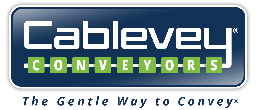
About company
Cablevey Pet Food Conveyor Systems
Cablevey Pet Food Conveyor Systems are suitable for moving all sorts of pet food materials and mixes. No matter what form your materials are in, we can move them in a gentle and sanitary manner. And our pet food conveyors can be engineered to service any part of the production process from processing to mixing to packaging.
Flexible Design
Our cable and tube conveyor systems are modularly designed to offer flexibility for wide-ranging applications. Component parts come in a variety of sizes, tube diameters and tube materials. We also offer a full range of feeders, cleaning and transfer system components. No matter what your processing facility layout, we have pet food conveyor solutions for you.
Custom Solutions
Each and every pet food conveyor system is custom specified by our engineering department. This ensures that all systems are optimized to client needs. Design considerations typically include how much can be moved without breakage, how far, how high, and how fast you need to move materials. The configuration and available space within processing environments are also taken into consideration. Bottomline, our engineers and library of system parts can solve just about any pet food conveyor movement needed.
We’ve engineered pet food conveyor solutions for production facilities large to small.
Noticias de la empresa




 5.0
5.0
29/08/2023








